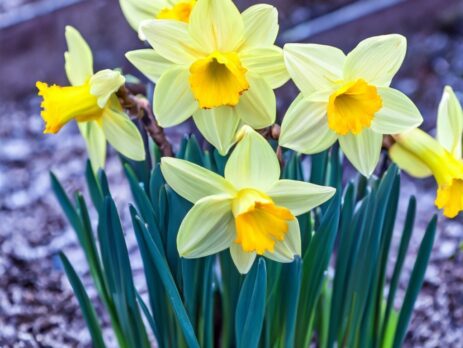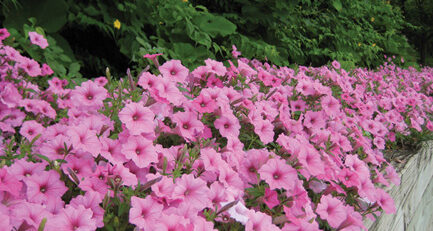Preparing Your Garden for Spring: A Step-by-Step Guide for New England Gardens
As the last remnants of winter begin to fade, the anticipation of spring fills the air. For gardening enthusiasts in New England, this season is a call to action. The unique climate of the region, with its cold winters and varying spring conditions, requires a thoughtful approach to awaken your garden. At Nunan’s Garden Center, we understand the excitement and the challenges that come with preparing your garden for spring. This guide provides you with step-by-step instructions and tips to ensure your New England garden thrives.
Step 1: Assess Your Garden
Inspect for Damage
Begin your garden preparation by inspecting your garden for any winter damage. Look for signs of soil erosion, damaged plants, or any structural harm to garden beds and fences. Early detection means you can address issues before they worsen with the spring rain and growth.
Soil Testing
Testing your soil early in the season can be very insightful. New England soils can vary greatly, and winter can affect pH levels and nutrient content. Consider a soil test through a local extension service or with a kit from Nunan’s Garden Center. This will guide your fertilization and amendment plans.
Step 2: Clean Up
Remove Debris
Clear away leaves, fallen branches, and other debris that have gathered over the winter months. This not only tidies up your garden but also reduces the habitat for pests and diseases that could trouble young plants.
Prune and Deadhead
Late winter to early spring is the ideal time to prune most perennials and shrubs in New England. Pruning encourages healthy growth and flowering. However, wait to prune spring bloomers like forsythia and azaleas until after they flower.
Step 3: Prepare the Soil
Amend the Soil
Based on your soil test results, amend your garden soil to improve its condition. Compost, manure, or other organic materials can enhance soil structure and fertility, crucial for plant health and growth.
Mulching
Applying a fresh layer of mulch helps retain soil moisture, regulates soil temperature, and reduces weed growth. Choose a mulch that complements your garden’s aesthetic while providing these practical benefits.
Step 4: Plan Your Planting
Select Region-Appropriate Plants
New England’s weather can be unpredictable in spring, so selecting hardy plants accustomed to the region’s climate is key. Nunan’s Garden Center offers a variety of native plants and hardy varieties that thrive in New England.
Start Seeds Indoors
For certain vegetables and flowers, starting seeds indoors gives them a head start. By the time frost is no longer a threat, these seedlings will be ready to transplant into your garden.
Step 5: Planting and Maintenance
Frost Dates
Pay close attention to the last frost date in your area (usually late April to early May in New England). Planting too early can risk frost damage to tender plants.
Watering and Fertilizing
Establish a regular watering and fertilizing schedule based on the needs of your plants. Early morning watering is best to prevent evaporation and disease.
Pest and Disease Management
Monitor your garden regularly for signs of pests and diseases. Early detection and natural control methods can prevent major outbreaks.
Spring gardening in New England is a rewarding endeavor that requires a bit of preparation and patience. By following these steps, you’ll set the stage for a beautiful and productive season. Remember, the team at Nunan’s Garden Center is here to support you with expert advice, quality plants, and all the supplies you need to make your garden flourish. Happy gardening!











